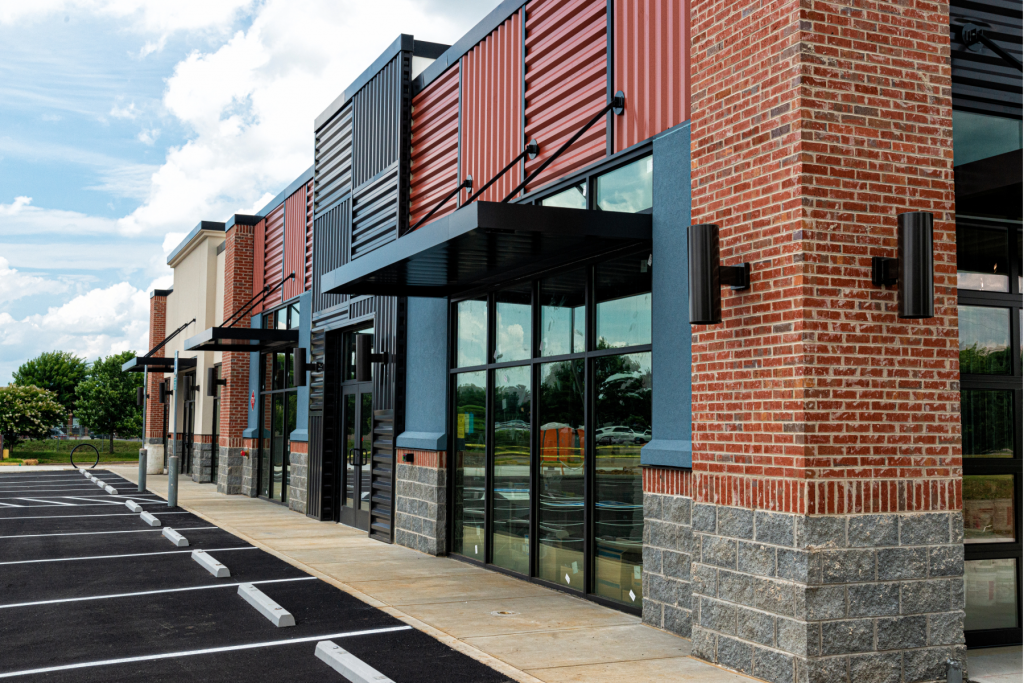AI-Driven Decision Making: Evaluating the Pros and Cons of Mortar and Brick Restaurants vs. Low Cost Cloud Kitchens
Introduction: AI-Driven Decision Making in the Food Industry
Artificial Intelligence (AI) has revolutionized various industries, and the food industry is no exception. AI-driven decision making has become increasingly prevalent, enabling businesses to make data-driven choices that optimize efficiency and profitability. In the context of the food industry, one area where AI-driven decision making has gained significant attention is in evaluating the pros and cons of mortar and brick restaurants versus low-cost cloud kitchens. This article will delve into the advantages and disadvantages of both options, shedding light on the potential benefits and challenges faced by each.
Pros of Mortar and Brick Restaurants
Mortar and brick restaurants have long been the traditional choice for food entrepreneurs. These establishments offer a physical space for customers to dine in, providing a unique ambiance and experience. One of the key advantages of mortar and brick restaurants is the ability to build a loyal customer base through face-to-face interactions. This personal touch allows for better customer service and the opportunity to establish a strong brand identity.

Furthermore, mortar and brick restaurants have the advantage of location. By strategically selecting a prime location, these establishments can attract foot traffic and increase visibility. This can be particularly beneficial in areas with high population density or tourist attractions. Additionally, mortar and brick restaurants often have the advantage of established relationships with suppliers, ensuring a steady supply of fresh ingredients.
Cons of Mortar and Brick Restaurants
While mortar and brick restaurants have their advantages, they also face several challenges. One significant drawback is the high upfront costs associated with setting up and maintaining a physical space. Rent, utilities, and equipment expenses can quickly add up, making it difficult for small businesses to enter the market. Moreover, the operational costs of running a mortar and brick restaurant, such as staffing and inventory management, can be substantial.


Another disadvantage is the limited scalability of mortar and brick restaurants. Expansion often requires opening new locations, which can be time-consuming and costly. Additionally, the success of a mortar and brick restaurant is heavily reliant on the local market. If the area experiences a decline in population or economic downturn, the restaurant may struggle to attract customers and remain profitable.
Pros and Cons of Low Cost Cloud Kitchens
In recent years, low-cost cloud kitchens, also known as ghost kitchens or virtual restaurants, have emerged as a disruptive force in the food industry. These kitchens operate without a physical dining space, focusing solely on food preparation and delivery. One of the main advantages of low-cost cloud kitchens is the reduced overhead costs. Without the need for a physical storefront, businesses can save on rent, utilities, and other expenses associated with maintaining a brick and mortar establishment.
Moreover, low-cost cloud kitchens offer greater flexibility and scalability. With the rise of food delivery platforms, such as Uber Eats and DoorDash, these kitchens can reach a wider customer base without the constraints of a specific location. This allows for rapid expansion and the ability to experiment with different cuisines and concepts. Additionally, cloud kitchens can leverage AI-driven data analytics to optimize their menu offerings and pricing strategies, ensuring maximum profitability.
However, low-cost cloud kitchens also face their own set of challenges. One significant drawback is the lack of face-to-face customer interactions. While this may not be a concern for some customers, others value the personal touch and dining experience that mortar and brick restaurants provide. Additionally, the reliance on third-party delivery platforms can lead to increased competition and reduced profit margins. Furthermore, cloud kitchens may face difficulties in maintaining consistent quality control and ensuring timely deliveries, which can impact customer satisfaction.

In conclusion, AI-driven decision making has transformed the food industry, particularly in evaluating the pros and cons of mortar and brick restaurants versus low-cost cloud kitchens. Mortar and brick restaurants offer a personalized dining experience and the advantage of location, but face high upfront costs and limited scalability. On the other hand, low-cost cloud kitchens provide cost savings, scalability, and data-driven optimization, but lack face-to-face interactions and face challenges with delivery logistics. Ultimately, the choice between these two options depends on the specific goals and circumstances of each food business.






